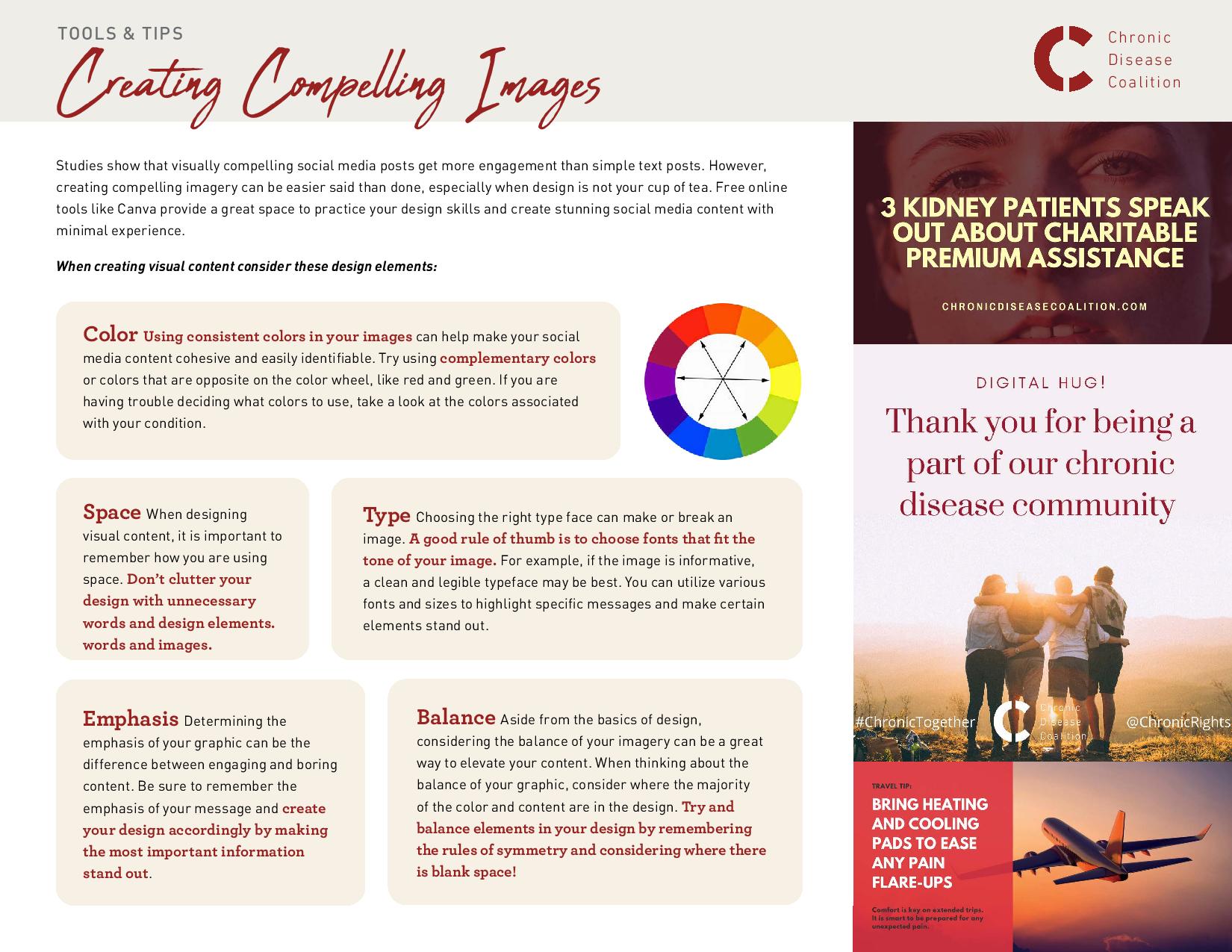“Disability Rights and Advocacy for Chronic Disease Patients
Related Articles Disability Rights and Advocacy for Chronic Disease Patients
- Sleep Disorders And Chronic Disease Relationships
- Economic Burden Of Chronic Illnesses: A Global Perspective
- Psychological Resilience In Chronic Disease Patients: Navigating Challenges And Fostering Well-being
- Holistic Approaches To Chronic Disease Prevention
- The Profound Impact Of Chronic Illness On Mental Health
Introduction
On this special occasion, we are happy to review interesting topics related to Disability Rights and Advocacy for Chronic Disease Patients. Come on knit interesting information and provide new insights to readers.
Table of Content
Disability Rights and Advocacy for Chronic Disease Patients

Chronic diseases, such as diabetes, heart disease, arthritis, and mental health conditions, affect millions of people worldwide. While these conditions may not always be visible, they can significantly impact a person’s ability to perform daily tasks, work, and participate in social activities. As a result, individuals with chronic diseases often face discrimination, stigma, and barriers to accessing essential services. Disability rights and advocacy play a crucial role in ensuring that these individuals have equal opportunities and are treated with dignity and respect.
Understanding Disability Rights
Disability rights are based on the principle that people with disabilities, including those with chronic diseases, have the same rights and freedoms as everyone else. These rights are enshrined in international conventions, national laws, and regulations that aim to protect individuals from discrimination and promote their inclusion in all aspects of life.
The United Nations Convention on the Rights of Persons with Disabilities (CRPD) is a landmark international treaty that recognizes disability as an evolving concept and emphasizes the importance of removing barriers that prevent people with disabilities from participating fully in society. The CRPD covers a wide range of rights, including the right to equality and non-discrimination, the right to accessibility, the right to independent living, the right to education, the right to employment, and the right to health.
Many countries have also enacted national laws to protect the rights of people with disabilities. In the United States, the Americans with Disabilities Act (ADA) prohibits discrimination based on disability in employment, public accommodations, transportation, and telecommunications. The ADA defines disability as a physical or mental impairment that substantially limits one or more major life activities. This definition can include chronic diseases that significantly impact a person’s ability to function.
Challenges Faced by Chronic Disease Patients
Despite the existence of disability rights laws, individuals with chronic diseases continue to face numerous challenges in their daily lives. These challenges can include:
- Discrimination: People with chronic diseases may experience discrimination in employment, housing, education, and healthcare. Employers may be reluctant to hire someone with a chronic condition, landlords may refuse to rent to them, and healthcare providers may not provide adequate care.
- Stigma: Chronic diseases are often stigmatized, leading to feelings of shame, isolation, and depression. People with chronic conditions may be afraid to disclose their illness to others for fear of being judged or rejected.
- Lack of Accessibility: Many public spaces, transportation systems, and websites are not accessible to people with chronic diseases. This can make it difficult for them to participate in social activities, access essential services, and maintain their independence.
- Financial Hardship: Chronic diseases can be expensive to manage, and many people with chronic conditions struggle to afford the cost of medication, treatment, and assistive devices. This can lead to financial hardship and difficulty meeting basic needs.
- Limited Access to Healthcare: People with chronic diseases may face barriers to accessing quality healthcare, including long wait times, lack of insurance coverage, and a shortage of healthcare providers who specialize in their condition.
The Role of Advocacy
Advocacy plays a vital role in promoting the rights and well-being of people with chronic diseases. Advocacy can take many forms, including:
- Individual Advocacy: This involves advocating for one’s own rights and needs. People with chronic diseases can learn about their rights, communicate their needs to healthcare providers and employers, and file complaints if they experience discrimination.
- Systemic Advocacy: This involves working to change policies and practices that affect people with chronic diseases. Systemic advocates may lobby lawmakers, educate the public, and work with organizations to promote disability rights.
- Peer Support: Connecting with others who have chronic diseases can provide emotional support, practical advice, and a sense of community. Peer support groups can also be a powerful tool for advocacy.
Strategies for Effective Advocacy
Effective advocacy requires a combination of knowledge, skills, and strategies. Here are some tips for advocating for the rights of people with chronic diseases:
- Educate Yourself: Learn about your rights under disability laws and regulations. Understand the specific challenges faced by people with chronic diseases in your community.
- Build Relationships: Connect with other advocates, healthcare providers, and community leaders. Building relationships can help you gain support for your cause and increase your impact.
- Communicate Effectively: Clearly and concisely communicate your message to decision-makers and the public. Use data and personal stories to illustrate the impact of chronic diseases on people’s lives.
- Be Persistent: Advocacy can be a long and challenging process. Don’t give up easily. Keep pushing for change, even when faced with setbacks.
- Collaborate: Work with other organizations and individuals to amplify your voice and increase your impact. Collaboration can help you reach a wider audience and achieve greater success.
- Use Social Media: Social media can be a powerful tool for raising awareness about chronic diseases and advocating for change. Use social media to share information, connect with other advocates, and mobilize support for your cause.
- Engage with Policymakers: Contact your elected officials and urge them to support policies that promote the rights and well-being of people with chronic diseases. Attend town hall meetings, write letters, and testify at public hearings.
- Support Research: Advocate for increased funding for research on chronic diseases. Research can lead to new treatments, better management strategies, and a greater understanding of the challenges faced by people with chronic conditions.
- Promote Inclusion: Work to create more inclusive communities where people with chronic diseases are valued and respected. Support initiatives that promote accessibility, diversity, and understanding.
- Empower Others: Encourage people with chronic diseases to become advocates for themselves and their communities. Provide them with the resources and support they need to speak out and make a difference.
Conclusion
Disability rights and advocacy are essential for ensuring that people with chronic diseases have equal opportunities and are treated with dignity and respect. By understanding their rights, advocating for change, and working together, individuals with chronic conditions can overcome barriers, challenge stigma, and create a more inclusive society for all. It is important to remember that chronic diseases are a part of the human experience, and people with chronic conditions deserve to live full and meaningful lives.








Leave a Reply